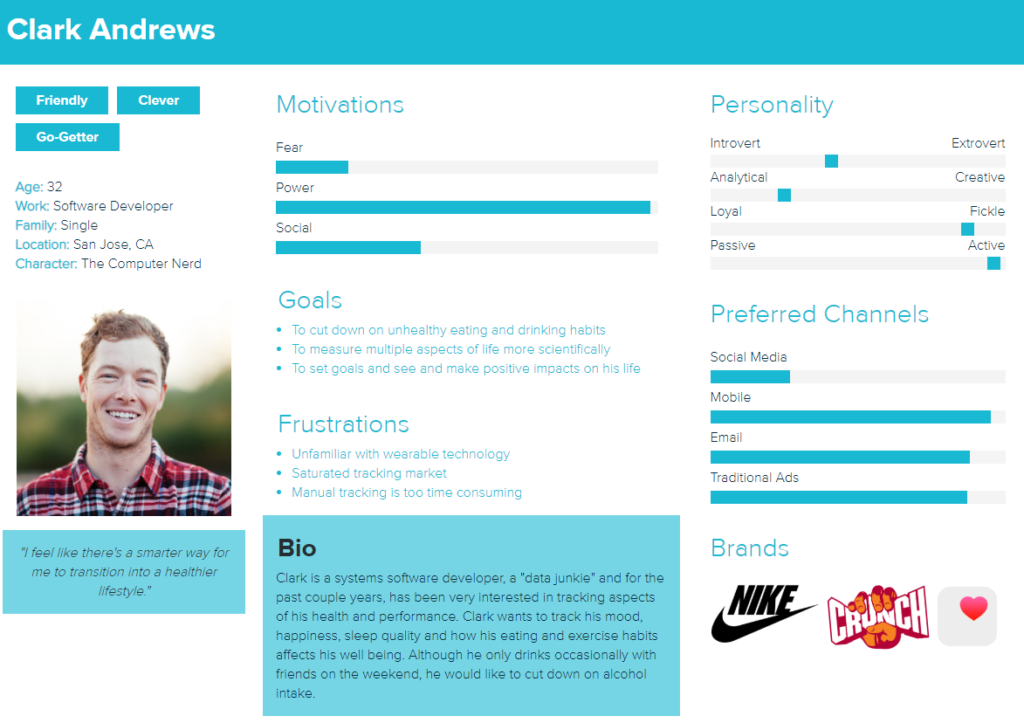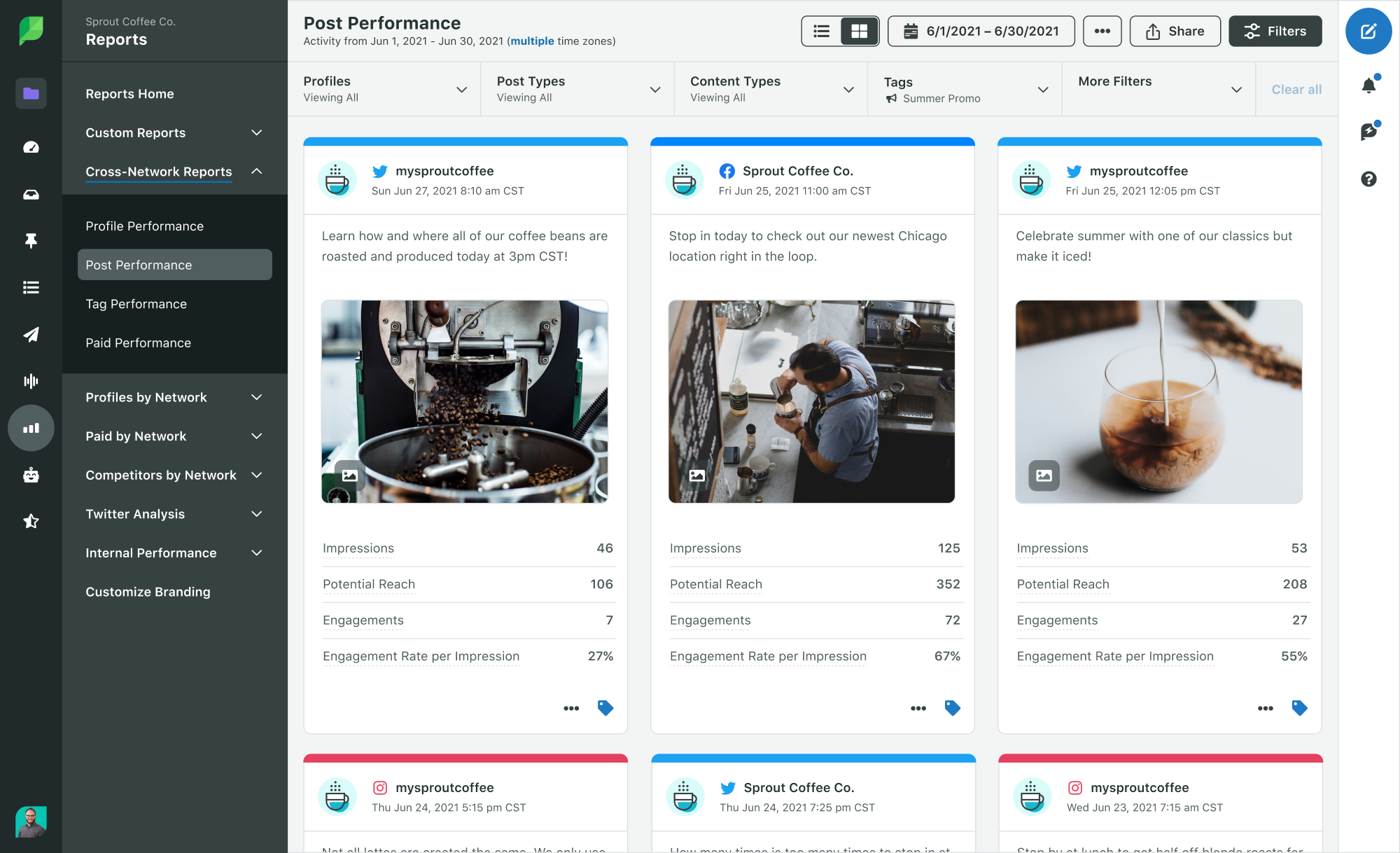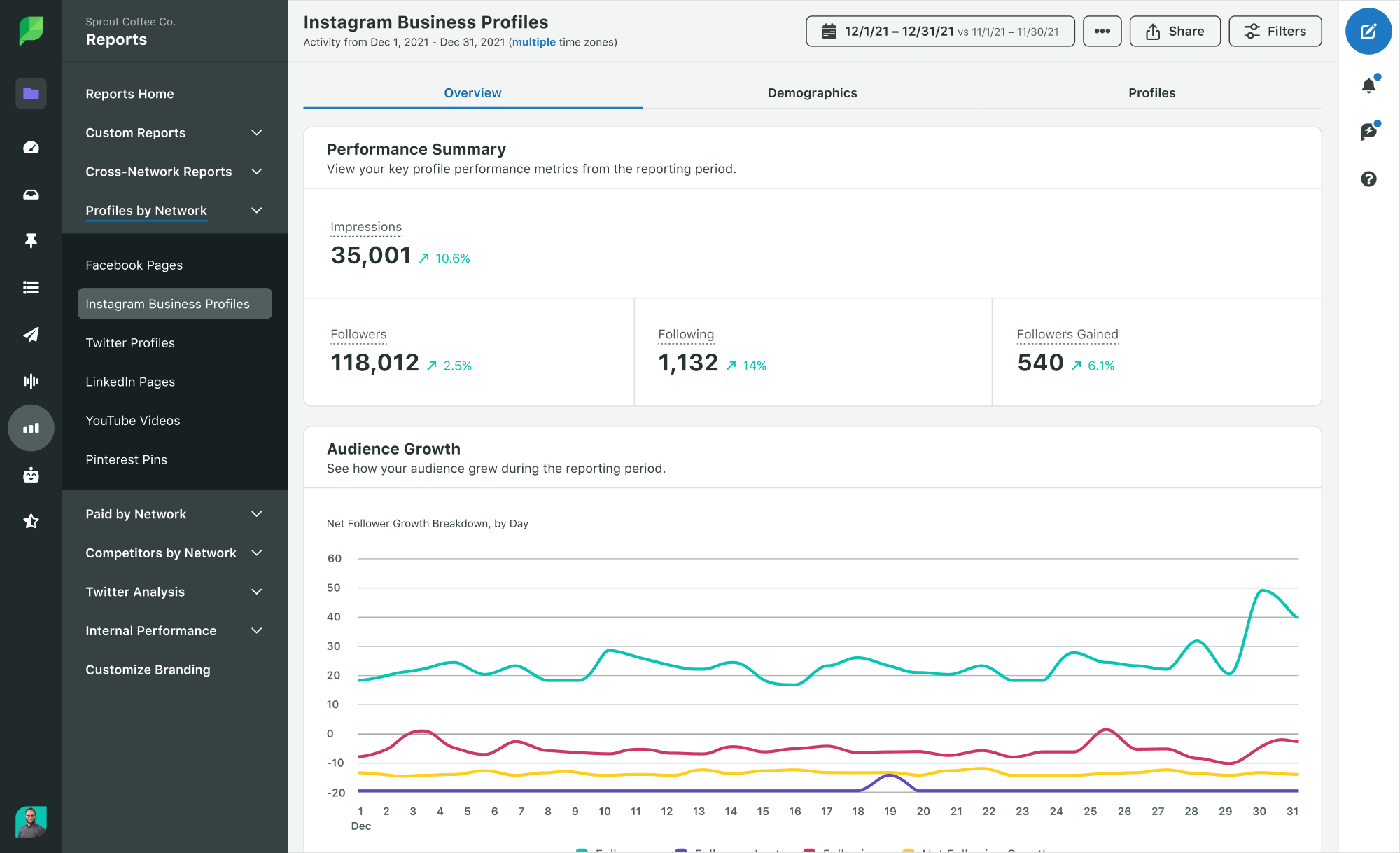How to develop a content marketing plan

Say you’re sitting on a lot of content. Product photos, blog posts and how-to videos. How are you going to get it all out there in front of prospects and customers? Do you have specific goals tied to your content? Maybe you want to increase leads? How about growing your brand awareness and social media presence?
If you can’t answer these questions, then you need a content marketing plan.
But you’re not alone. According to one recent study, only 40% of B2B marketers have a documented content marketing strategy. Whether or not you are in that 40%, it’s a good idea to establish or revisit an existing content marketing plan.
In this article, we’ll cover what a content marketing plan is and how to create your own content strategy.
What is a content marketing plan?
A content marketing plan is a documented strategy that details the who, what, when, where, why and how of your content.
- Who is creating the content?
- What kind of content?
- When is the content being published?
- Where is the content being distributed
- Why are you even content marketing?
- How are promoting and analyzing the marketing results?
Why do marketers need to create a content marketing strategy?
Without a plan, content marketing is done on the fly. If you’ve ever done any of the below, then you’re in need of a content marketing plan.
- You’ve run out of things to post
- You have multiple channels but don’t know which kind of content works best where
- You don’t know what topics your audience really enjoys
- You realize you haven’t posted that day
- You don’t know what to post about
A content marketing strategy provides a framework for all of the above and much more. Plus, once you have a strategy in place, you’ll be able to use data to make sure it’s working. Content marketing spans multiple departments. Sales teams can use product sheets and case studies to nurture their leads while the marketing team can use newsletters to reach new customers.
It doesn’t matter how big your company is, you will at some point use content to help market your product or services. And if you continue to do so, having a plan keeps everyone on the same page. Instead of creating a post on the spot, you’ll have that content already completed and scheduled, leaving you more time to spend on community engagement.
10 steps to creating an effective content marketing plan
1. Set goals & KPIs
Every strategy begins with goals. What do you want to achieve with your content marketing? According to a recent survey of B2B marketers, 80% said that content marketing helped them successfully achieve the goal of creating brand awareness, 75% for building credibility and trust and 70% for educating their audiences.

Some common goals are listed in the image above and if you need more help, check out our social media goals template to help you. For every goal, you’ll need at least one KPI to know how well you’re working towards those goals. You can explore useful social media KPIs to track goals like reach, engagement, conversion and consumer loyalty.
2. Decide on target audiences
The next step is to decide on your target audiences. Oftentimes, this already coincides with your buyer personas or social media personas. If you have multiple audiences, like most businesses do, then you’ll be matching up content topics and types to each one.

If you’re starting from scratch, we have a few resources you can use to learn more about finding your audiences.
- How to define and reach your target audience on social media
- Social media demographics to inform your brand’s strategy
- How to use social media personas to boost brand engagement
- How to find your target audience on Instagram
3. Audit your current content
How do you know where to go if you don’t know where you’re starting from? An audit helps answer this question, making it easy to assess your content.. To start, you’ll want to document all of your existing content. If there’s an overwhelming amount, set a limit such as 3 months or a year. You need to have a data set that gives a good look into what you’re publishing.
Running a content audit on your blog posts may help you find content you didn’t know existed. It may also help you identify duplicate content on your site. For social media posts, you can use Sprout Social’s social media audit template to help you assess content that is published on your social media platforms. If you’re feeling ambitious, you can add in a competitor or two to help benchmark your content marketing.
During the audit, take a look at:
- Topics: What are you posting about?
- Types: What types of content are you posting?
- Channels: Where are you sharing the content?
- Performance: How are your posts preforming? Check
After the documentation is complete, you should be able to see some trends on which content and channels are performing better than others.
4. Identify the best content channels
Usually, the distribution channels where you already have an engaged presence is where you want to start your content marketing plan. During the audit, you should’ve found some trends on the best channels that work for your content.
For extra data, take a look at your website’s analytics to see where the referral sources are coming from. Are people getting to your blog post via a newsletter or social media post? Do they find you more via search? Knowing where your audience is coming from will help focus your efforts on those channels.

Fifty-one percent of consumers unfollow brands on social media because of irrelevant content. If you’re still at a loss or you don’t have enough data, explore Sprout’s advice on what to post on each social media platform.
5. Decide on content types
Not all content types are created equal and there are several different content formats to consider when planning your content marketing strategy. Some perform better on certain channels while others are more expensive to create. Common content types include photos, videos, blog posts, podcasts, infographics, and user-generated content.

Your content will also change based on the marketing funnel stage and the audiences that you’re targeting.

To explore more resources on content types, take a look at the articles below:
- B2B Content Marketing: Ultimate Strategy Guide for 2024
- 5 types of social media content that can accelerate business success
- User-generated content: 5 steps to turn customers into advocates
6. Determine budget, tools & resources
Part of developing this content marketing plan is knowing how much you have to work with. This includes your budget, available tools, and staff or freelancers that you might use.
Producing creative content remotely can be challenging but it’s not impossible. In this step, figure out what resources you already have and what you’ll need (which might require approval).
For most content marketing plans, you’ll need:
- Content creator(s): who is creating the content?
- Content management system (CMS): where to plan, store, publish your content
- Content manager: who’s managing topics and production?
- Data collection: Content analyzers, reports, any digital tools you use in content marketing
7. Create a content calendar
A content calendar is vital to your strategy. You need a place to plan your content out. At the very least, it should be able to track the topics and content you want to post and when. An enhanced content calendar will also track the status of each piece of content, the distribution of it, who’s working on it and its eventual performance after marketing it.
There are plenty of content calendar templates out there for you to check out. You can also keep track of your content with your social media calendar or a spreadsheet.
8. Create content
Now it’s time for creating the actual content that you’ll be sharing. At this point, you should have a good idea of what content types and channels you’ll be using. This means that the next is content ideation, development and curation.
Sprout has plenty of resources for you to explore on content creation.
- Smart steps to content development
- 25 Social media post ideas to inspire your brand [+ examples]
- How to craft an effective social media content strategy
- How to write a white paper that inspires a year-long content strategy
9. Publish & promote
After the calendar is set and the content is created, the next step is to publish and promote it to the various channels you decided to focus on. If you’re promoting on multiple channels, it’s best to have one tool to get a clear, bird’s eye view of your publishing calendar.

Sprout’s social media publishing tools were created with the busy marketer in mind. Use the publishing calendar to plan and schedule out your social content. The Asset Library offers you easy access to brand-approved images and simplifies asset management in one location to access.

Remember, if your content is performing well and it’s not tied to a holiday or time-specific, repurpose it into other channels and types. Don’t be afraid to re-share the same piece of content in different ways.
10. Measure results
Finally, the last step in your content marketing strategy is to analyze. Without collecting data, you won’t know if you’re hitting the goals you set at the beginning. For channels like newsletters or your website, you’ll need either Google Analytics or any native tools analytics. To track social performance, use social media analytics tools like what Sprout offers.
For example, the Post Performance Report shows you the performance of each piece of content published. You’ll know every post’s likes, impressions, and engagement numbers.

Network-specific reports like the Instagram Business Profile Report will drill down into each network’s performance. You’ll be able to see which posts performed the best and how your overall content is doing.

Plan your content marketing strategy
Now that you know the steps, it’s time to get to work on your own content marketing strategy. If you produce and distribute content, then you need to have a strategy in place to get the most out of it. This means documenting a strategy following the 10 steps listed above. For templates and worksheets, check out the B2B content planner, an assessment for finding your own ideal content mix, and a list of free content creation templates.
A content marketing strategy is great but you’ll still need to execute it. This is where a tool like Sprout is useful, especially for publishing and analytics. Sign up for a free trial today.

Share